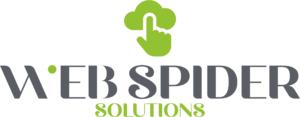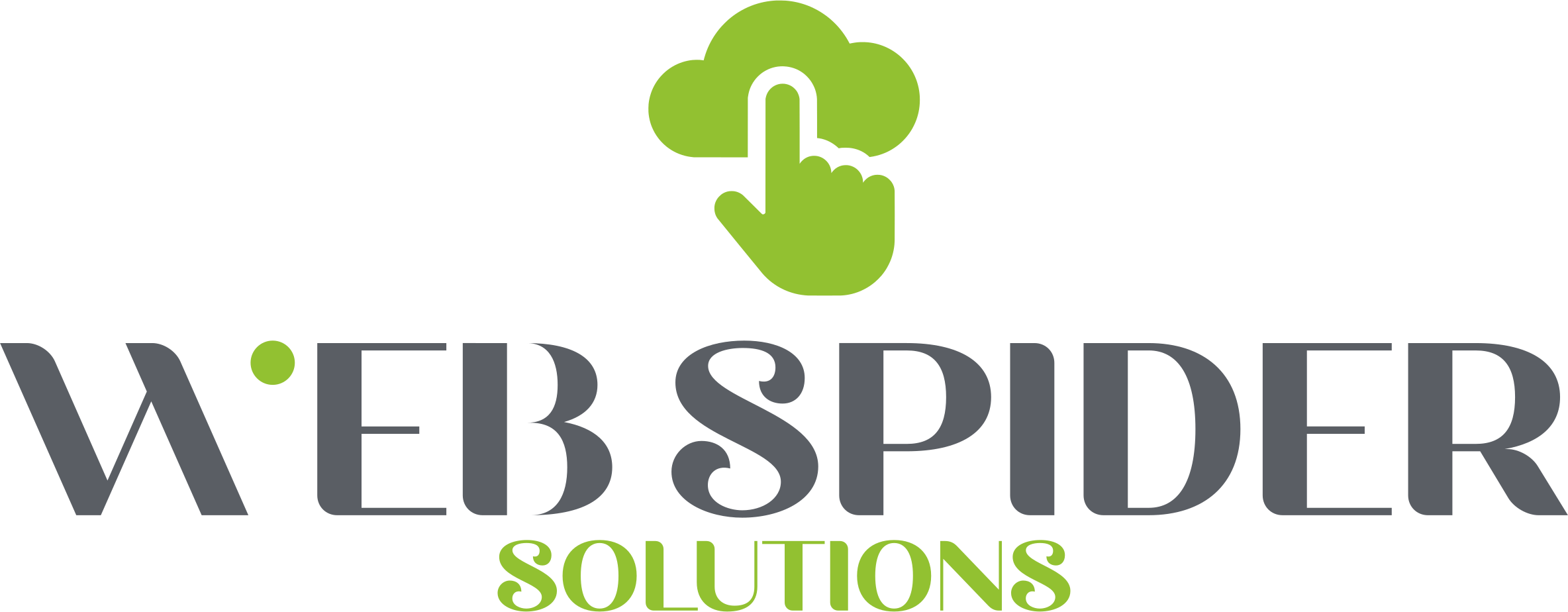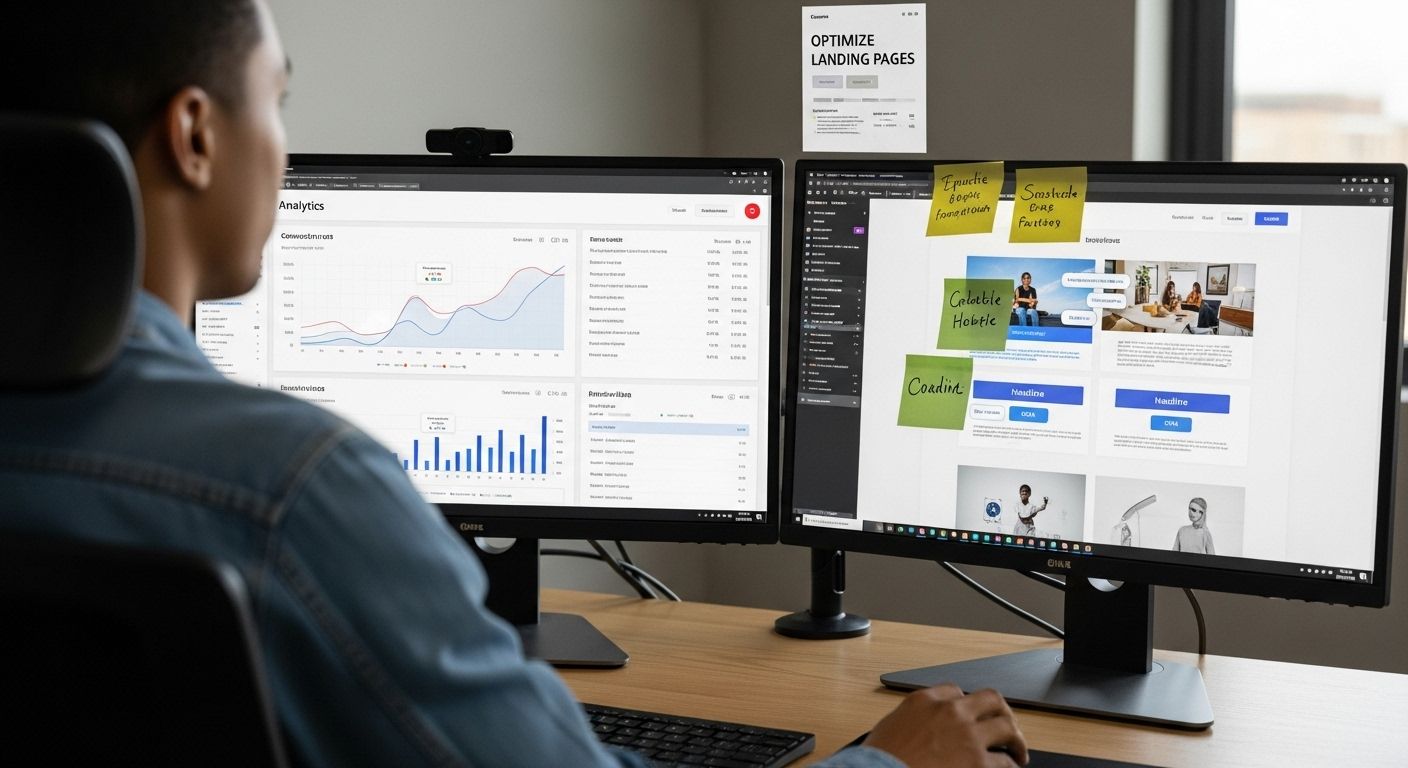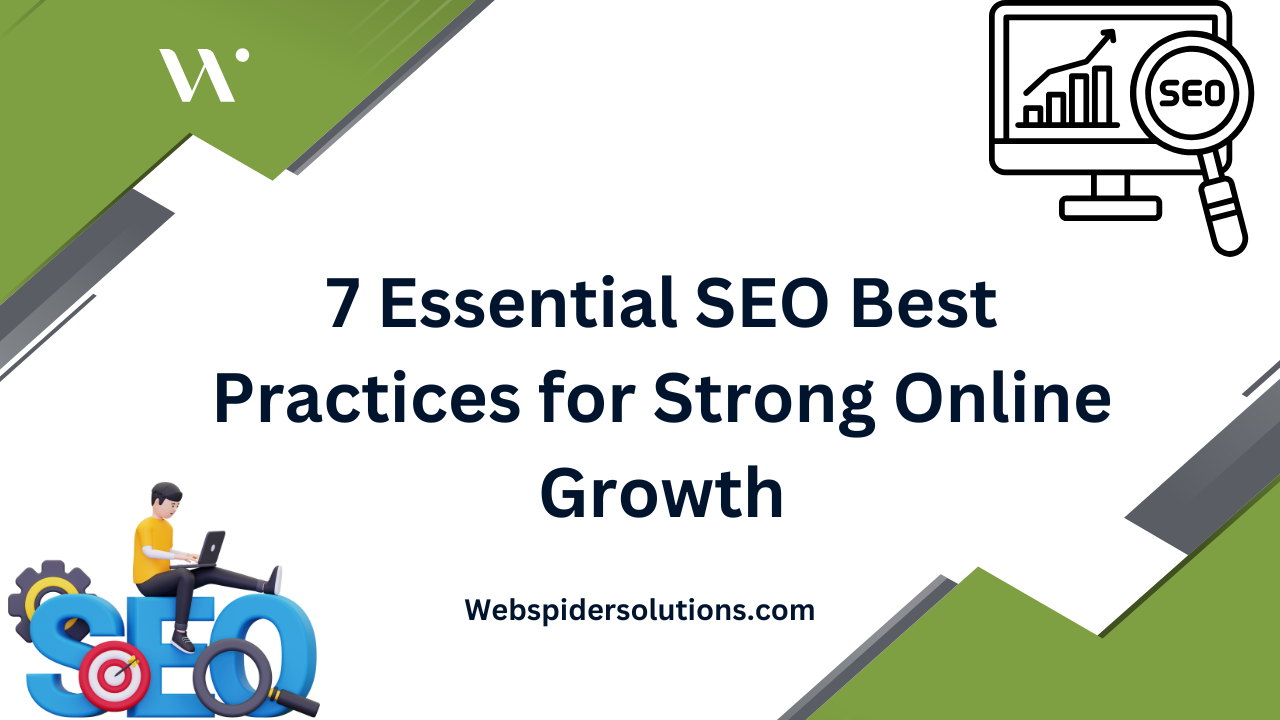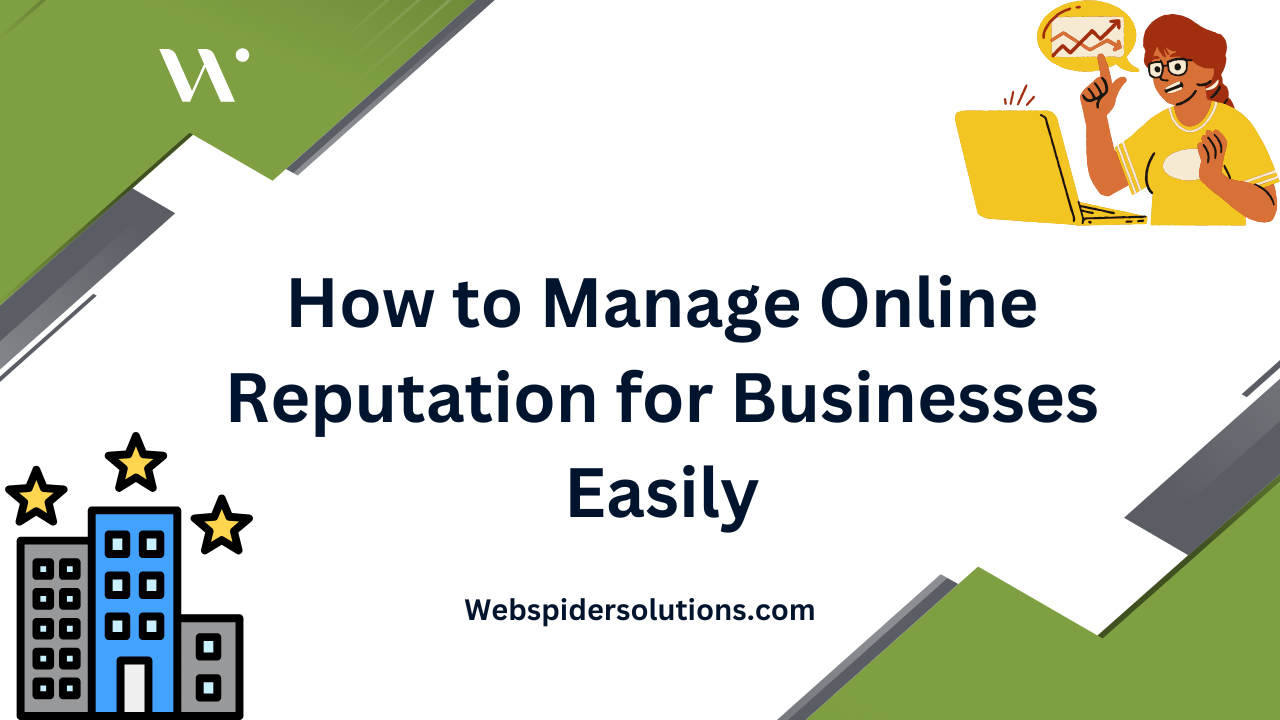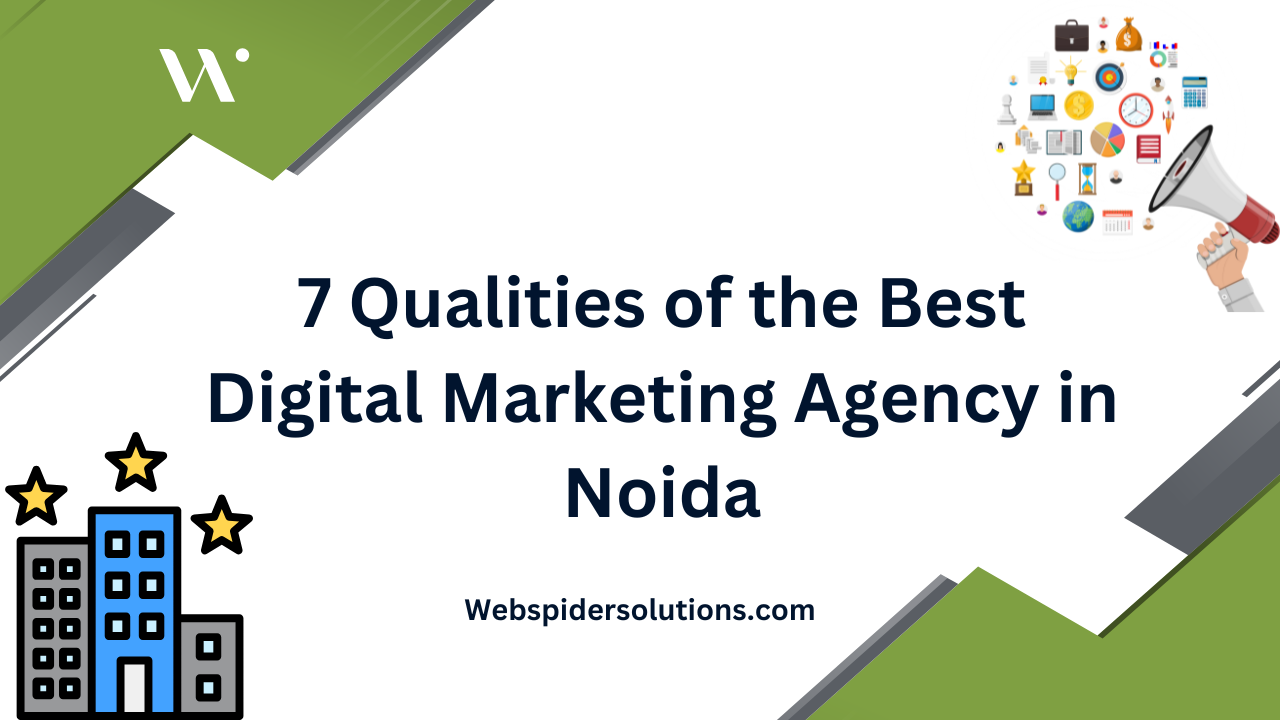Optimizing a landing page can make or break your campaign results. Some companies have seen leads jump by as much as 25 percent simply by tweaking a few key elements. Most people chase trends or copy competitors and hope for the best. The real winners use a step-by-step method that actually measures, tests, and refines every detail along the way.
Here is a step overview table summarizing each main optimization step with its focus and key outcome. Refer to this for a quick roadmap when planning or reviewing your optimization process.
| Step | Focus Area | Key Outcome |
|---|---|---|
| 1. Analyze Current Performance | User analytics and friction points | Identify barriers and improvement areas |
| 2. Define Clear Goals and Metrics | Objective-setting and measurement | Establish target benchmarks |
| 3. Improve Design and User Experience | Layout, navigation, responsiveness | Enhance ease of use and engagement |
| 4. Optimize Content for Clarity/Relevance | Headlines and persuasive messaging | Communicate value and boost resonance |
| 5. Implement A/B Testing | Iterative testing of page elements | Discover best-performing variants |
| 6. Monitor and Adjust Strategies | Ongoing analytics and refinements | Continuous conversion improvement |
Table of Contents
- Step 1: Analyze Current Landing Page Performance
- Step 2: Define Clear Goals And Metrics
- Step 3: Improve Design And User Experience
- Step 4: Optimize Content For Clarity And Relevance
- Step 5: Implement A/B Testing For Continuous Improvement
- Step 6: Monitor Results And Adjust Strategies
Quick Summary
| Key Point | Explanation |
|---|---|
| 1. Analyze current landing page performance | Use analytics tools to identify user behavior and conversion barriers. Determine where visitors lose interest and where improvements can be made. |
| 2. Define specific goals and metrics | Establish clear objectives for your landing page, such as increasing leads or sales, with quantifiable benchmarks for tracking progress. |
| 3. Simplify design for better user experience | Create an intuitive layout with minimal clutter to guide users towards the primary call to action effectively. Ensure mobile responsiveness and fast loading times. |
| 4. Optimize content for clarity and relevance | Craft engaging headlines and content that address user needs and highlight benefits clearly. Use language that resonates with your target audience. |
| 5. Implement A/B testing for ongoing improvement | Test one element at a time to determine what enhances conversion rates. Analyze results and continuously refine your landing page based on data-driven insights. |
Step 1: Analyze Current Landing Page Performance
Analyzing your current landing page performance is the critical first step in optimization. This foundational assessment helps you understand exactly where your page stands and identifies precise improvement opportunities. Successful optimization begins with accurate measurement.
Start by gathering comprehensive performance data using powerful analytics tools. Google Analytics provides an excellent starting point for tracking key metrics like conversion rates, bounce rates, and user engagement. Examine how visitors interact with your landing page by analyzing click patterns, time spent on page, and scroll depth. Pay special attention to where users exit or lose interest.
Your goal is to uncover specific friction points that prevent potential customers from converting. Look closely at conversion funnel data to pinpoint exactly where potential customers drop off. Are visitors arriving but not taking desired actions? Are they abandoning forms midway? Understanding these patterns reveals critical insights into user behavior and page design effectiveness.
Consider exploring our comprehensive conversion optimization guide for deeper insights into performance analysis. Effective landing page evaluation requires a multifaceted approach:
- Assess loading speed and mobile responsiveness
- Review visual hierarchy and content clarity
- Analyze call-to-action placement and messaging
Utilize tools like Google Chrome Lighthouse and heatmap software to gain granular insights into user experience. These tools provide visual representations of user interactions, highlighting areas of potential improvement. Remember that data tells a story your eyes might miss. Scrutinize metrics beyond surface-level numbers to understand the underlying user experience challenges.
Below is a summary table of recommended analytics and optimization tools mentioned in this article. Use this table to select and utilize the right tools for each phase of the landing page optimization process.
| Tool Name | Purpose/Use Case | Section Mentioned |
|---|---|---|
| Google Analytics | Track visitor metrics, conversion rates, and behavior | Analyze Performance, Goals |
| Google Chrome Lighthouse | Assess loading speed, mobile responsiveness | Analyze Performance |
| Heatmap Software | Visualize and analyze user interactions | Analyze & Design Steps |
| Mixpanel | Monitor advanced user engagement analytics | Define Goals |
| Google Optimize | Set up and run A/B tests for landing pages | A/B Testing |
| Optimizely | Professional platform for A/B and multivariate testing | A/B Testing |
| VWO | Comprehensive testing and analytics suite | A/B Testing |
| User Recording Tools | Evaluate user navigation and identify friction points | Improve Design |
Successful performance analysis means transforming raw data into actionable optimization strategies. By systematically examining your landing page’s current performance, you create a solid foundation for targeted improvements that directly impact conversion rates.
Step 2: Define Clear Goals and Metrics
Defining clear goals and metrics transforms landing page optimization from guesswork into a strategic, data-driven process. Without specific objectives, you are essentially navigating without a map. This critical step ensures every optimization effort is purposeful and measurable, directly aligned with your broader business objectives.
Start by identifying the primary purpose of your landing page. Are you aiming to generate leads, sell a product, encourage newsletter signups, or drive webinar registrations? Each goal demands a unique approach and specific conversion metrics. Your goal must be specific, measurable, and tied directly to a tangible business outcome.
Translate your broad objectives into concrete, quantifiable metrics. For example, if lead generation is your goal, define precise targets like increasing signup rates by 25% or reducing cost per lead by 15%. These numerical benchmarks provide clear performance indicators and enable systematic tracking of your optimization efforts.
Learn more about strategic conversion tracking in our comprehensive optimization guide to refine your approach. When establishing metrics, consider these key performance indicators:
- Conversion rate
- Cost per acquisition
- Bounce rate
- Time on page
- Engagement rate
Utilize analytics tools to establish baseline measurements before implementing changes. Google Analytics, Mixpanel, and similar platforms offer robust tracking capabilities that help monitor progress toward your defined goals. Configure custom event tracking and conversion funnels to gain granular insights into user behavior and page performance.
Remember that goals should be realistic and aligned with your current traffic and industry benchmarks. Unrealistic expectations can lead to frustration and misguided optimization efforts. Regularly review and adjust your metrics as your understanding of user behavior deepens and your landing page evolves.
Step 3: Improve Design and User Experience
Design and user experience are the silent persuaders that transform landing pages from mere information displays into powerful conversion engines. Good design speaks directly to user psychology, guiding visitors toward desired actions with subtle yet compelling visual cues. This step focuses on creating an intuitive, engaging experience that removes friction and encourages conversion.
Begin by simplifying your landing page design. Clutter is the enemy of conversion. Every visual element should serve a specific purpose, directing user attention toward your primary call to action. Use white space strategically to create visual breathing room and highlight key messages. Your design should create a clear visual hierarchy that naturally guides the user’s eye from headline to supporting information and ultimately to the conversion button.
Explore our comprehensive responsive design strategies to ensure seamless experiences across all devices. Mobile responsiveness is no longer optional—it is mandatory. Test your landing page on multiple screen sizes and devices, ensuring that layout, readability, and functionality remain consistent. A mobile user should have an experience identical to a desktop user, with intuitive navigation and easily tappable elements.
Color psychology plays a crucial role in design effectiveness. Select a color palette that aligns with your brand while creating emotional resonance with your target audience. Use color to draw attention to critical elements like call-to-action buttons. Typically, contrasting colors that stand out from the page background can significantly improve conversion rates.
Consider these critical design optimization elements:
- Clean, readable typography
- High-quality, relevant imagery
- Fast loading times
- Intuitive navigation
- Clear visual paths to conversion
Implement rigorous user testing to validate your design choices. Tools like heatmap software and user recording platforms provide invaluable insights into how visitors interact with your landing page. Watch for moments of hesitation, confusion, or unnecessary complexity that might impede conversion. Continuous refinement based on actual user behavior is the key to creating a truly effective landing page design.
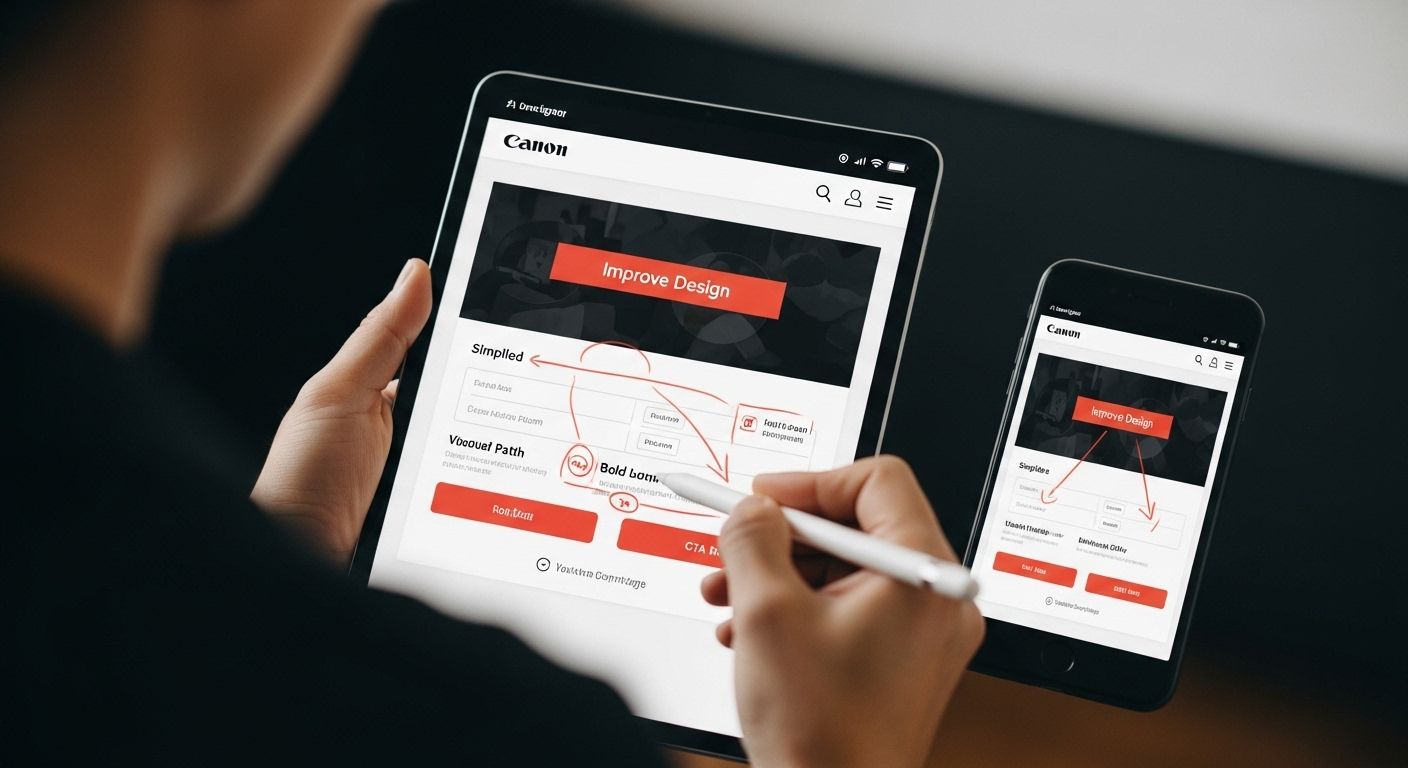
Step 4: Optimize Content for Clarity and Relevance
Content optimization is the strategic art of transforming words into powerful conversion tools. Your landing page content must instantly communicate value, answering the fundamental question: “What’s in it for me?” Clarity and relevance are not just writing techniques—they are the core mechanisms that transform casual visitors into committed customers.
Craft a headline that speaks directly to your target audience’s core pain points or desires. The headline should be concise, specific, and promise a clear benefit. Avoid generic statements that could apply to any business. Instead, create messaging that feels like it was written exclusively for your ideal customer. Your opening paragraph should immediately elaborate on the headline’s promise, providing just enough context to keep readers engaged and scrolling.
Discover advanced content optimization strategies to refine your messaging approach. Focus on creating content that demonstrates deep understanding of your audience’s challenges. Use language that mirrors how your target customers speak, incorporating their specific terminology and emotional triggers. This approach builds immediate trust and connection.
Structure your content for rapid comprehension. Use short paragraphs, clear subheadings, and strategic formatting to make information easily digestible. Bullet points can help break down complex ideas, but use them sparingly. Prioritize readability over displaying every piece of information. Each sentence should serve a specific purpose—either explaining value, addressing a potential objection, or moving the reader closer to conversion.
Consider these critical content optimization principles:
- Use active, compelling language
- Focus on benefits, not just features
- Create a sense of urgency
- Address potential customer objections
- Maintain consistent tone and messaging
Verify your content’s effectiveness by conducting user testing and gathering feedback. Ask unbiased participants to review your landing page and explain what they understand about your offer within the first few seconds. If their interpretation doesn’t match your intended message, it’s time to refine your content. Remember, great landing page content doesn’t just inform—it persuades, connects, and ultimately converts.
Step 5: Implement A/B Testing for Continuous Improvement
A/B testing transforms landing page optimization from guesswork into a precise, data-driven strategy. This systematic approach allows you to make incremental improvements by comparing different versions of your page directly against each other. Think of A/B testing as a scientific experiment where small changes can yield significant conversion breakthroughs.
Begin by selecting a single element to test. Avoid changing multiple variables simultaneously, as this makes it impossible to determine which modification drove the improvement. Focus on critical components like headlines, call-to-action buttons, imagery, or form layouts. Create two distinct versions—the original page (control) and a variant with one strategic modification. Ensure that your test runs long enough to generate statistically significant results, typically requiring a minimum sample size of several hundred visitors.
Learn more about advanced conversion optimization techniques to refine your testing approach. Utilize robust testing platforms like Google Optimize, Optimizely, or VWO, which provide comprehensive tools for designing, implementing, and analyzing A/B tests. These platforms automatically split traffic between your page variants and generate detailed performance reports.
When designing your test, establish clear success metrics before launching. Conversion rate is the primary metric, but also consider supplementary indicators like time on page, bounce rate, and click-through rates. A holistic view prevents misinterpreting isolated data points. Be patient and resist the temptation to interrupt tests prematurely. Statistical significance requires allowing enough user interactions to eliminate random variations.

Consider these critical A/B testing principles:
- Test one element at a time
- Ensure statistical significance
- Use large enough sample sizes
- Maintain consistent traffic sources
- Document all test parameters
Successful A/B testing is an ongoing process of incremental refinement. After completing a test, carefully analyze the results and implement the winning variation. However, don’t stop there. Continuous optimization means perpetually challenging your current best-performing page, always seeking marginal improvements that compound into substantial conversion gains.
Step 6: Monitor Results and Adjust Strategies
Monitoring and adjusting your landing page strategy is the critical final step that transforms one-time optimizations into a continuous improvement cycle. Successful digital marketing is not about achieving perfection, but about persistent, data-driven refinement. This stage requires a systematic approach to tracking performance, interpreting complex data, and making strategic adjustments.
Establish a comprehensive monitoring dashboard using tools like Google Analytics, which provide deep insights into user behavior. Focus on key performance indicators that directly reflect your landing page’s effectiveness. Conversion rate remains the primary metric, but also track supporting indicators like bounce rate, average time on page, and user flow. Pay close attention to how different audience segments interact with your page, as behavior can vary significantly across demographics, device types, and traffic sources.
Explore our comprehensive guide to measuring and improving conversion rates to develop a nuanced monitoring strategy. Set up custom alerts for significant changes in performance metrics. Sudden drops in conversion rates or unexpected traffic patterns could indicate technical issues, changes in user behavior, or emerging competitive dynamics that require immediate investigation.
Develop a regular review schedule to analyze your landing page’s performance. Monthly reviews provide a balanced perspective, allowing enough time to gather meaningful data while preventing stagnation. During these reviews, compare current performance against your established baseline and previous optimization iterations. Look for emerging trends, seasonal variations, and the long-term impact of your A/B testing experiments.
Consider these critical monitoring and adjustment principles:
- Establish baseline performance metrics
- Create a consistent review schedule
- Track both primary and secondary indicators
- Remain flexible and open to unexpected insights
- Document all changes and their impacts
Remember that monitoring is not a passive activity. Each data point is an opportunity to understand your audience better and refine your landing page. Approach your analytics with curiosity and a willingness to challenge your existing assumptions. The most successful landing pages are not static monuments but living, breathing entities that evolve continuously with user needs and market dynamics.
Turn Landing Page Insights Into Real Business Growth
Your landing pages should not just educate – they should convert visitors into real business opportunities. If you are frustrated by abandoned forms, high bounce rates, or unclear messaging, you are not alone. Companies in competitive markets often struggle to turn valuable traffic into measurable results. You have seen how analyzing visitor behavior, defining clear metrics, and A/B testing can transform your approach. Now imagine bringing in specialists who combine these proven strategies with advanced marketing tools and creative content expertise.
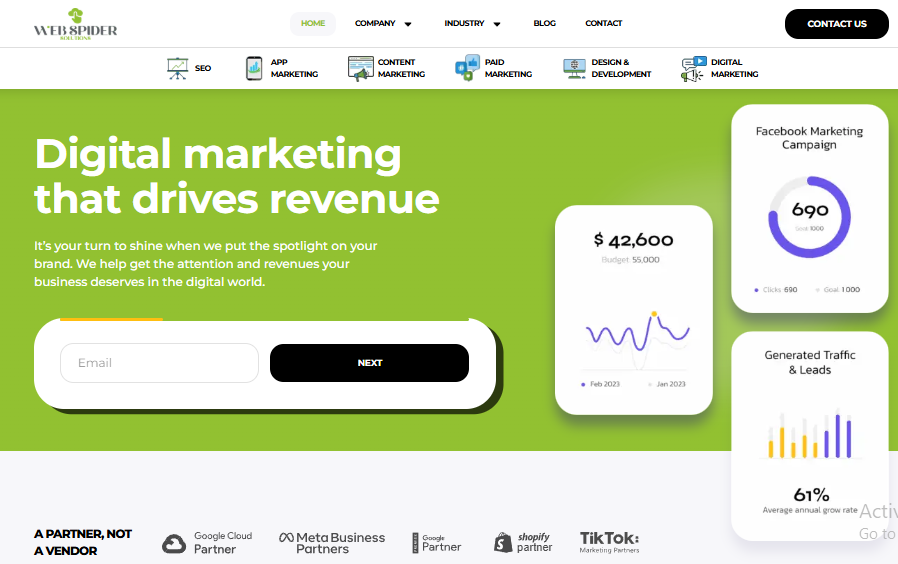
Supercharge your landing page performance with help from the experts at Web Spider Solutions. We deliver proven optimization strategies, actionable analytics, and ongoing support tailored to your exact business goals. Want to see how real businesses thrive? Explore our Stories Archives for examples of success achieved through data-driven campaigns. Ready to stop guessing and start growing? Take the next step now with a custom digital strategy from Web Spider Solutions and turn your landing pages into true conversion engines.
Frequently Asked Questions
What is the first step in optimizing landing pages for higher conversions?
Analyzing current landing page performance is the first step in optimization. This involves gathering data on metrics such as conversion rates, bounce rates, and user engagement to identify areas for improvement.
How do I define clear goals for my landing page optimization?
Start by identifying the primary purpose of your landing page, such as lead generation or product sales. Translate these goals into specific, measurable metrics to track your optimization efforts effectively.
What are some key design elements that can enhance user experience on landing pages?
Key design elements include a clean and simple layout, mobile responsiveness, contrasting colors for call-to-action buttons, readable typography, and intuitive navigation that guides users toward desired actions.
How can A/B testing improve conversion rates on landing pages?
A/B testing allows you to compare different versions of a landing page by changing a single element at a time. This data-driven approach helps you determine what modifications lead to better engagement and higher conversion rates.
